27 Classic Cars With The Weakest Performance
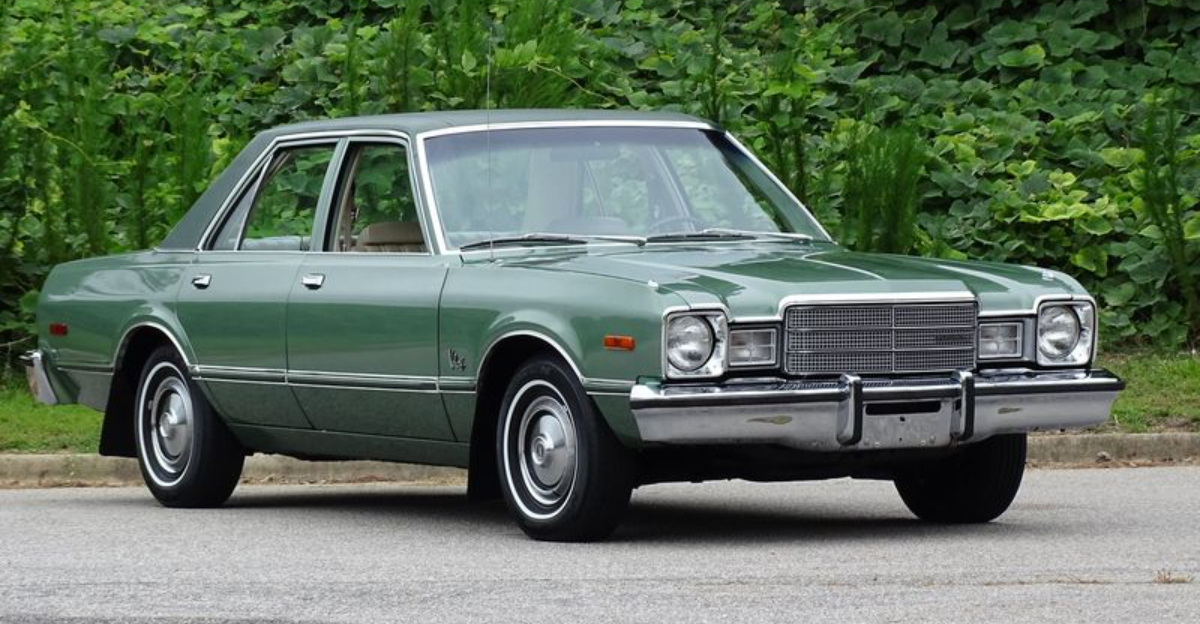
There’s something magical about classic cars, whether it’s the rumble of a vintage engine or the nostalgia they carry with them. But not all classics were created equal.
I still remember the time I took my uncle’s prized 1960s sedan for a spin, expecting a smooth, powerful ride.
Instead, it felt like driving a two-ton slug, slowly lumbering down the street. Turns out, not every classic car is a performance powerhouse.
Some, despite their iconic status and timeless designs, just couldn’t keep up with the speedsters of their time.
While they might look great in a show or on the open road, their performance is a whole different story.
1. 1975 AMC Pacer
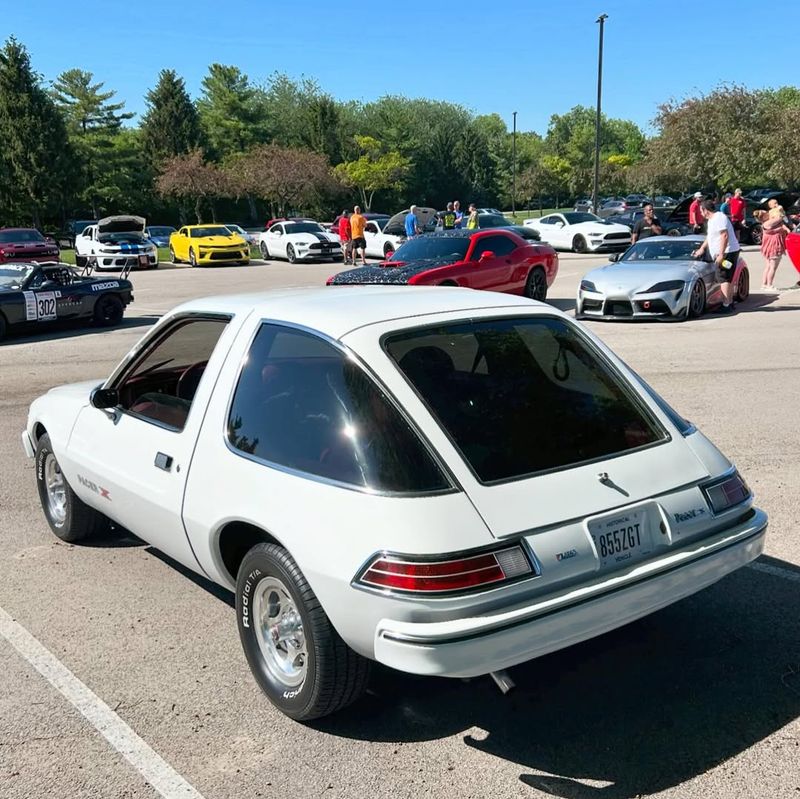
I remember the first time I saw an AMC Pacer. Its wide, bubble-like design made it stand out. My uncle owned one and took pride in it despite the jokes about its performance.
An interesting fact is that its wide body was intended to provide a spacious interior, but it came at the cost of speed and power.
It’s a car that’s more about character than performance. Who wouldn’t be charmed by its quirky presence?
2. 1981 DeLorean DMC-12
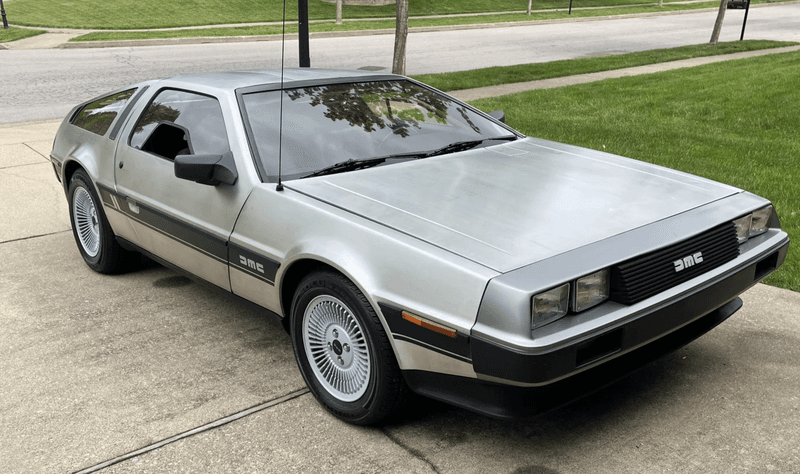
The 1981 DeLorean DMC-12, instantly recognizable with its gull-wing doors and stainless-steel body, quickly became a cultural icon.
Despite its striking design, the car’s performance was lacking, with a sluggish engine that failed to match its futuristic looks.
It was like a movie star who couldn’t remember their lines—gorgeous but lacking substance.
This car is more a piece of art than a speed machine, forever etched in pop culture as the star of ‘Back to the Future.’
3. 1974 Ford Mustang II
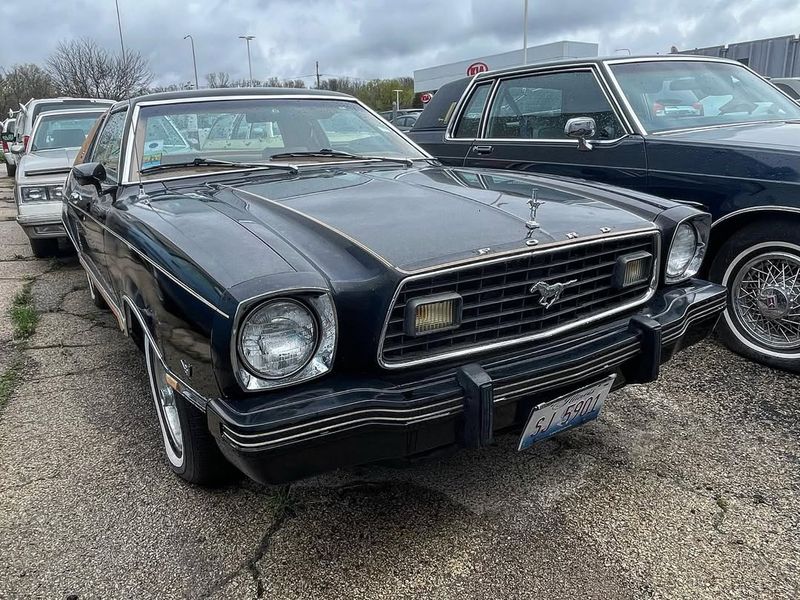
Growing up, the Mustang was a symbol of American automotive prowess. However, when the Mustang II arrived, it seemed to veer off course.
Smaller and less powerful, it didn’t capture the spirit of its predecessors. Driving one felt like an echo of past glory rather than a continuation.
Could the Mustang II ever shake off its reputation as the black sheep of the Mustang family?
4. 1976 Chevrolet Chevette
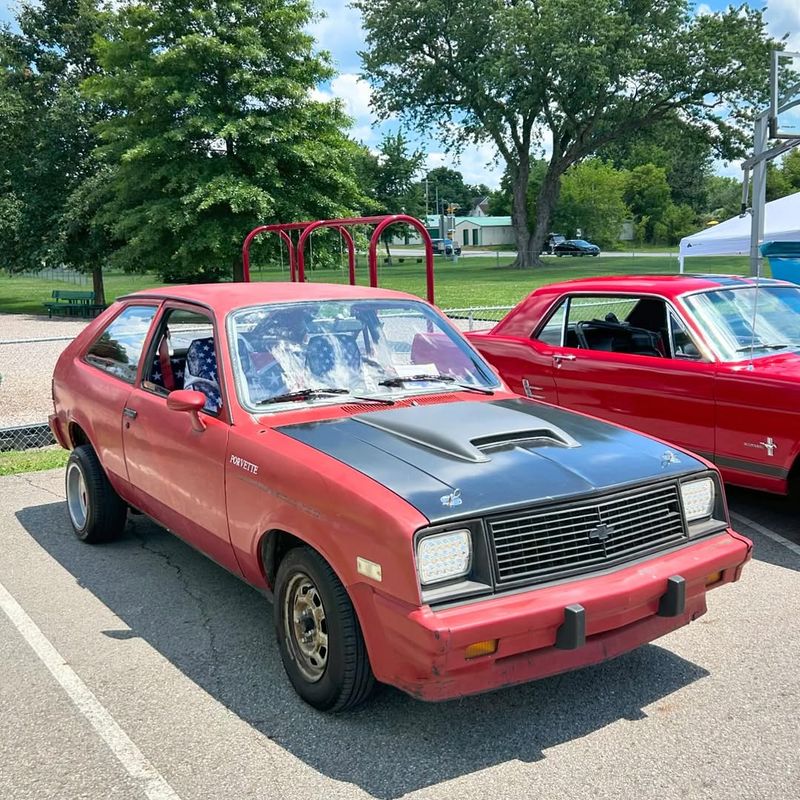
In a time when compact cars were gaining popularity, the 1976 Chevrolet Chevette attempted to compete. It shared size similarities with the Ford Pinto, yet lacked any performance edge.
This car was more about getting from point A to point B without flair or speed. Its utilitarian design left little room for excitement or power, making it a practical choice, but not a thrilling one.
5. 1980 Triumph TR7
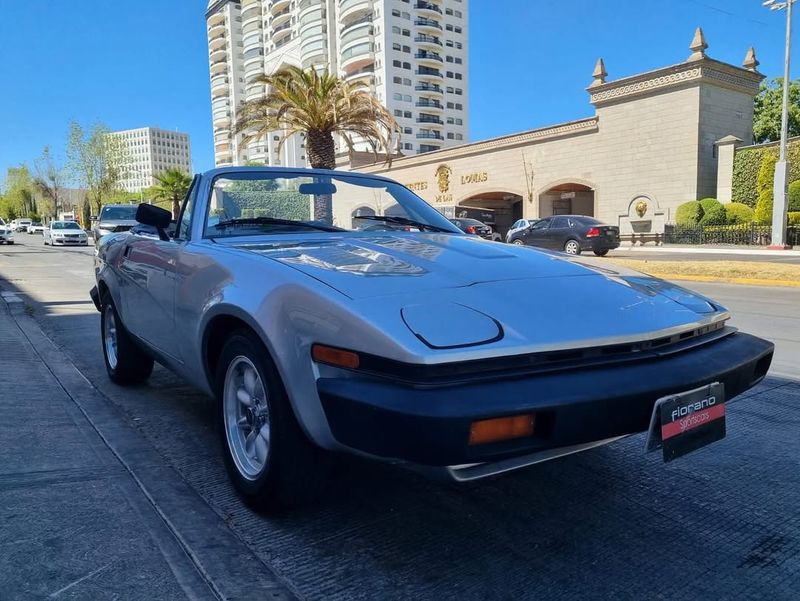
I had the chance to drive a Triumph TR7 once. Its wedge shape and pop-up headlights were intriguing. Unfortunately, the driving experience was less inspiring.
Known as the “shape of the wedge,” its performance was unremarkable. An interesting tidbit is that it was the last Triumph model produced before the brand’s decline.
Despite its lack of power, it holds a nostalgic place in many hearts.
6. 1971 Volkswagen Super Beetle
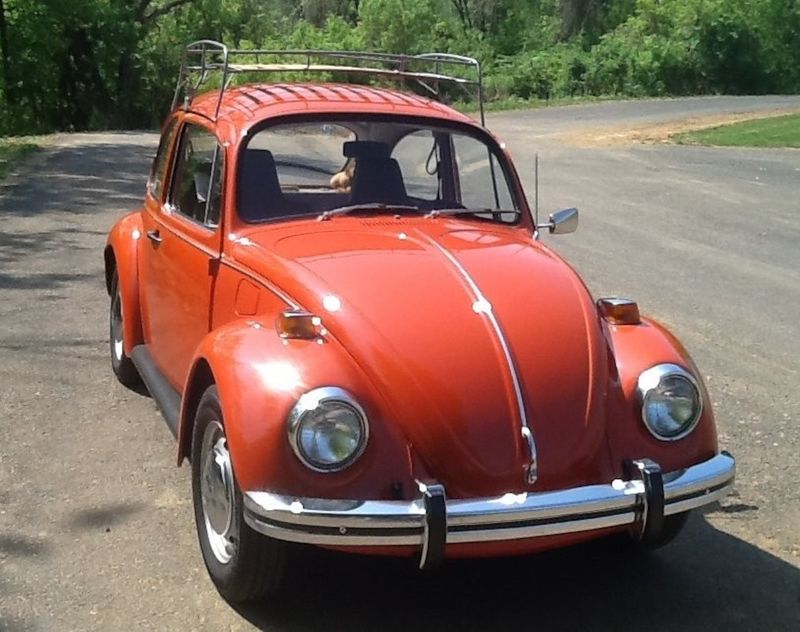
The 1971 Volkswagen Super Beetle, with its iconic rounded shape, was more about charm than speed. The car was like a beloved storybook character, instantly recognizable and endearing.
Its modest engine power was overshadowed by its cultural impact and affordability.
Though not a powerhouse on the road, the Super Beetle’s legacy lives on as a symbol of the people’s car, beloved by many.
7. 1980 Cadillac Seville
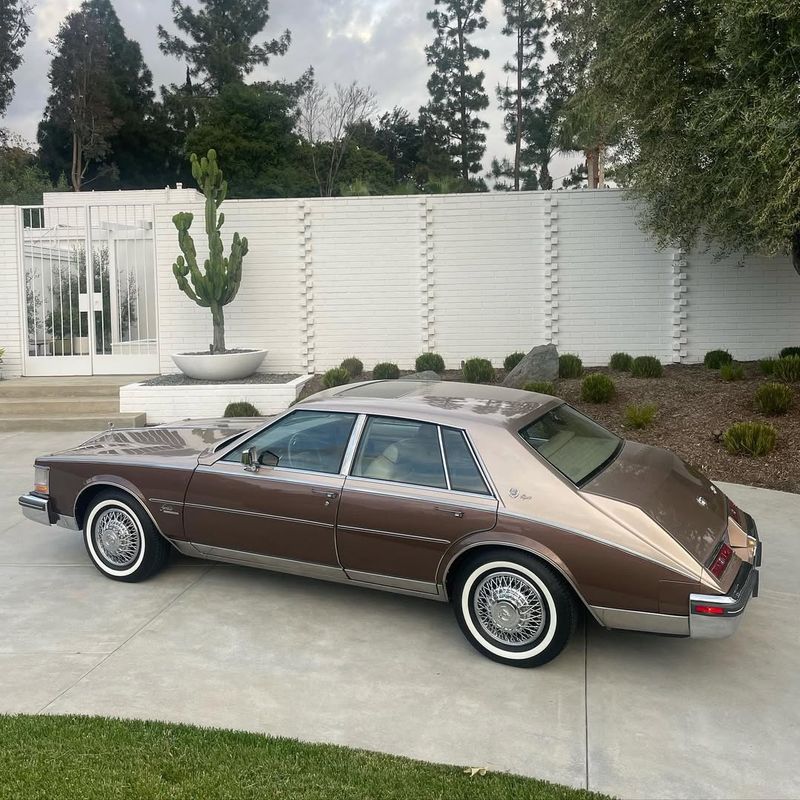
Cadillac was once a name synonymous with luxury and power. The 1980 Seville, however, didn’t carry that torch forward. Despite its plush interior and upscale design, it lacked the punch of earlier models.
Driving it felt like moving in slow motion through a world that wanted to speed up. Could the Seville ever regain the prestige it was meant to have?
8. 1978 Dodge Aspen
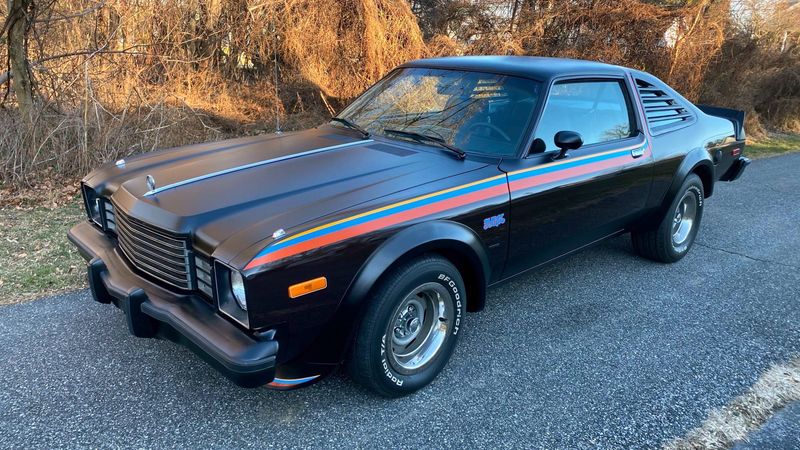
In the late 70s, the Dodge Aspen entered the scene during a time of economic uncertainty. Similar to the Ford Fairmont, it promised practicality over performance.
The Aspen was reliable but not particularly thrilling to drive. It was more of a steady companion, offering comfort in a world focused on efficiency rather than excitement.
This was a car built for the everyday journey.
9. 1977 Plymouth Volaré
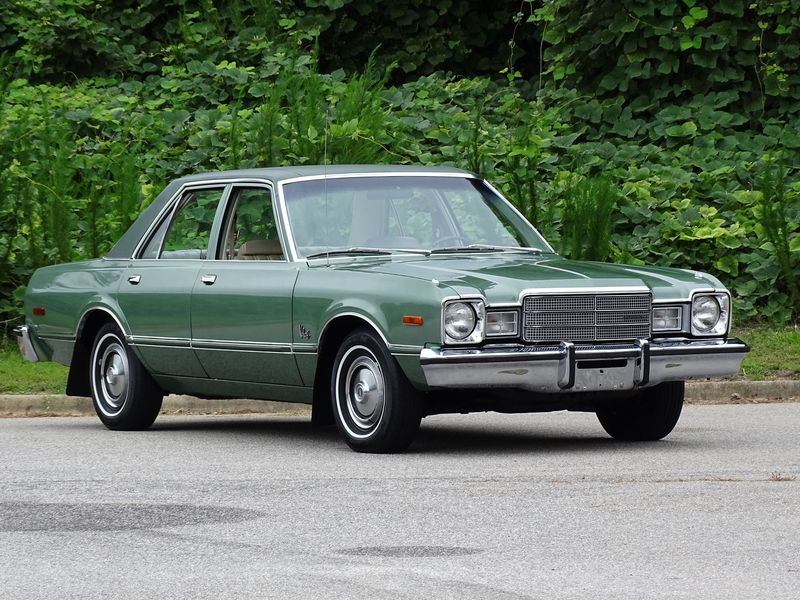
I once took a road trip in a Plymouth Volaré. Despite its modest engine, it was a reliable companion.
The car is remembered for its rust issues, but it also holds an interesting place in automotive history as a clean air car.
Its performance might have been weak, but its environmental contribution was ahead of its time. Isn’t it fascinating how it was both flawed and forward-thinking?
10. 1982 Renault Fuego
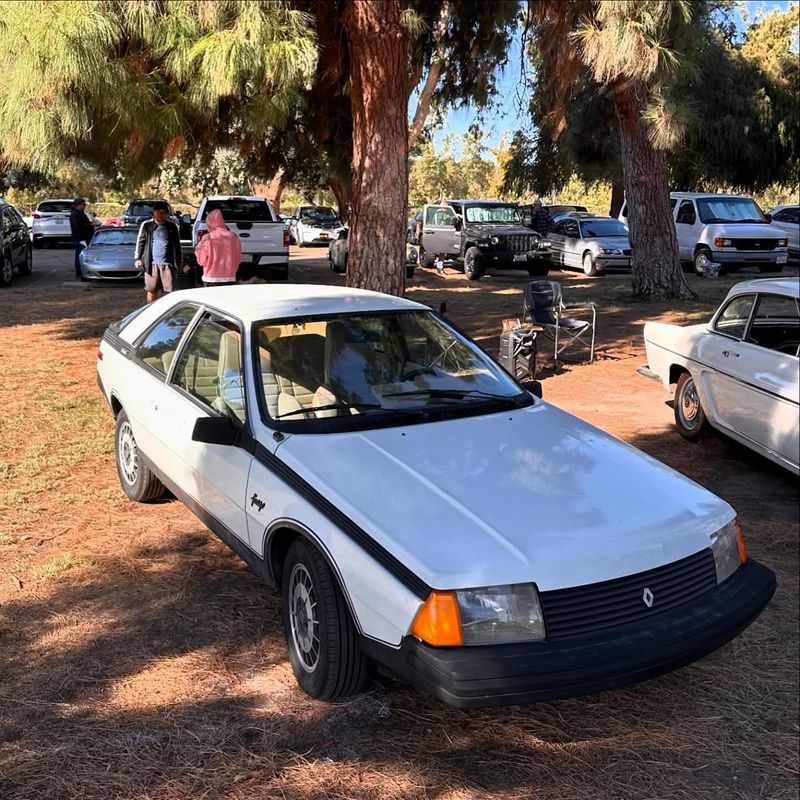
The Renault Fuego, with its curvy design, was like a fashion model on wheels, turning heads but not offering much beyond the superficial. It was stylish yet underwhelming in terms of speed and power.
The Fuego’s turbocharged version promised more but still fell short of its competitors. It was an exercise in style over substance, remembered more for its looks than its drive.
11. 1976 Oldsmobile Omega
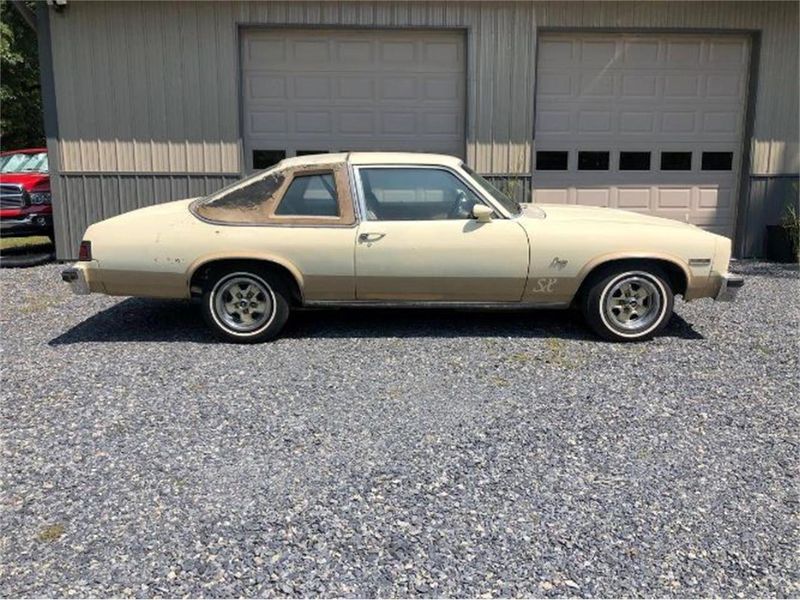
Oldsmobile had a reputation for performance, but the Omega seemed to miss the mark. It was a car more about the style than the engine power that enthusiasts craved.
My neighbor had one, and it was a fixture at local car shows. Despite its lackluster speed, it was part of the last generation of truly stylish Oldsmobiles. Could the Omega have been more than a pretty face?
12. 1981 Ford Fairmont
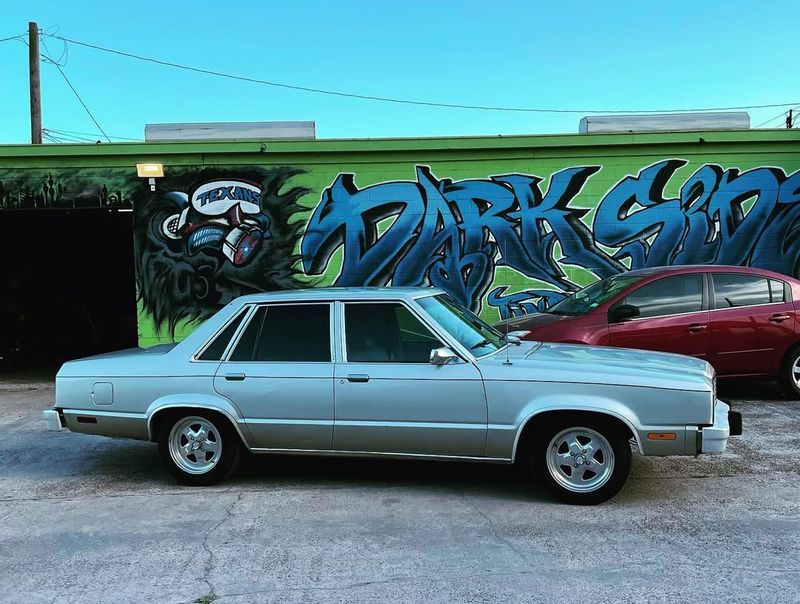
The Ford Fairmont, like the Chevy Chevette, was designed with practicality in mind. It offered a comfortable ride but lacked any real excitement under the hood.
This car was about affordability and reliability rather than breaking speed records.
The Fairmont was a dependable family car that provided a stable ride in an era of economic challenges, albeit with a less-than-impressive performance.
13. 1975 Buick Skyhawk
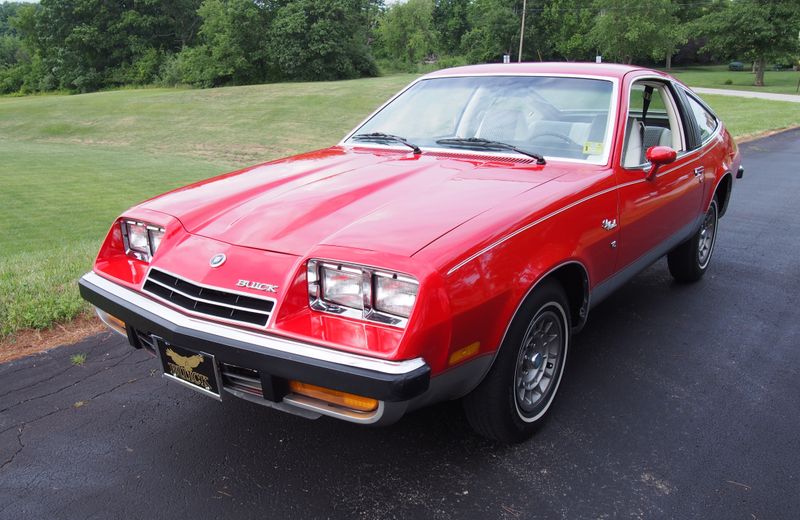
My grandfather owned a Buick Skyhawk, and it was his pride and joy. Despite its underwhelming performance, he cherished it for its sporty looks.
The Skyhawk attempted to appeal to young drivers, but its modest power didn’t match its appearance.
An interesting fact is that it was part of the GM H-body lineup, which included several similar models. It was a car designed for style, if not speed.
14. 1979 Mercury Bobcat

The Mercury Bobcat, a cousin to the Ford Pinto, was more about economy than flair. Its compact design made it a city-friendly car, but it was never a powerhouse.
It was like a humble worker bee, diligently performing its duties without fanfare. While it didn’t offer much in terms of excitement, it did provide a reliable, if unremarkable, driving experience.
15. 1980 Chevrolet Citation
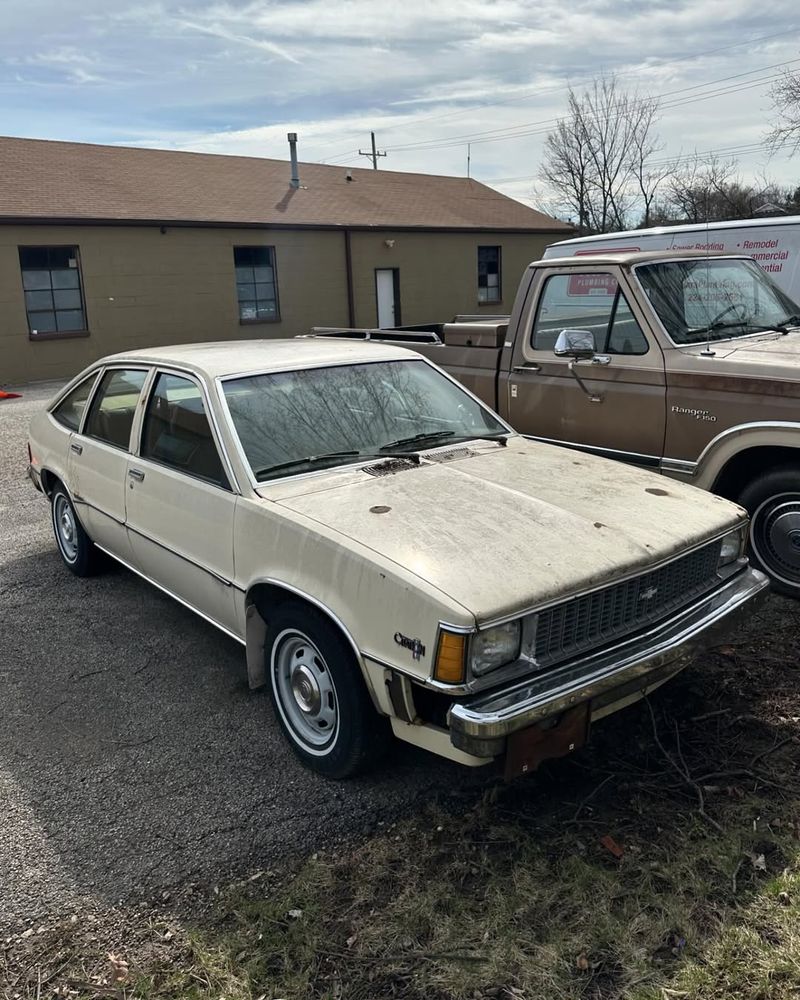
The Chevrolet Citation came out during a time of change, aiming to combine compact efficiency with practicality. However, it delivered more in promise than performance.
It was prone to rust and had handling issues that plagued its reputation.
Despite this, I remember my cousin loving his Citation, finding joy in its quirks. Could the Citation ever live up to its ambitious name?
16. 1977 Datsun F10
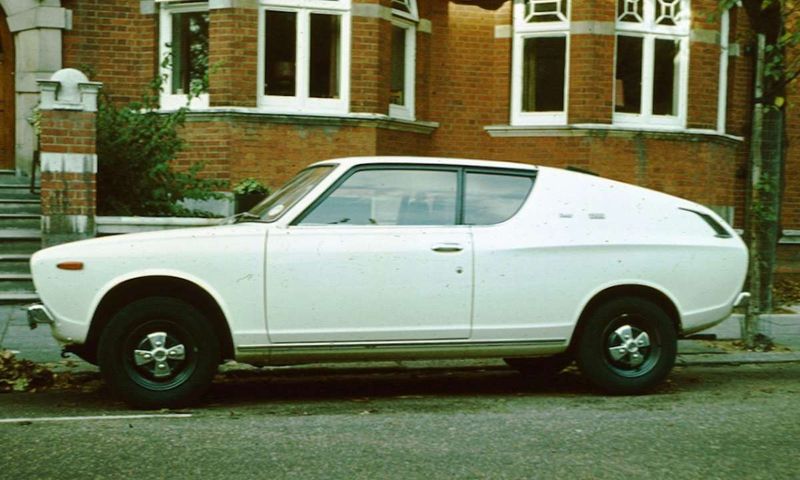
The Datsun F10, much like the AMC Gremlin, struggled to capture the hearts of performance enthusiasts. It was built more for practicality than speed, offering a unique hatchback design.
While it didn’t deliver the thrill many drivers desired, it was a reliable everyday vehicle. This was a car that was more about functionality, serving its owner quietly without making waves.
17. 1982 Pontiac J2000
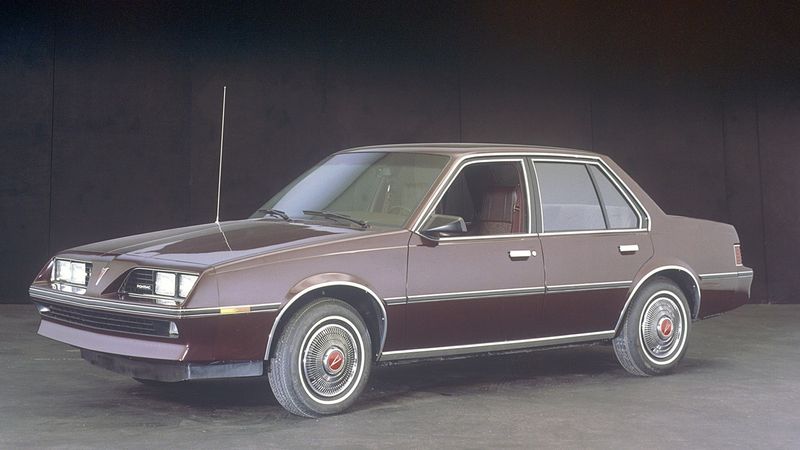
I remember seeing the Pontiac J2000 for the first time at a classic car meet. Its design was modern for the era, but under the hood, it was a different story.
My father owned one briefly, and he often joked about its lack of power. Despite its weaknesses, it was part of the early front-wheel-drive era for Pontiac.
Isn’t it curious how it was both progressive and underwhelming?
18. 1983 Dodge Aries
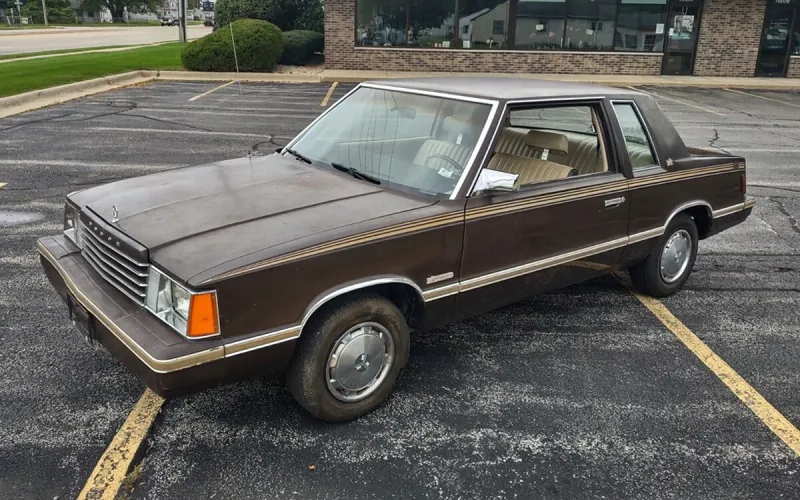
The Dodge Aries, part of the K-car platform, was designed for practicality during challenging economic times. It was like a reliable old friend—dependable, but not particularly exciting.
The Aries promised value and efficiency but fell short in performance.
As a car that symbolized the Chrysler revival, it played a significant role in the company’s history, even if it wasn’t thrilling to drive.
19. 1976 AMC Gremlin
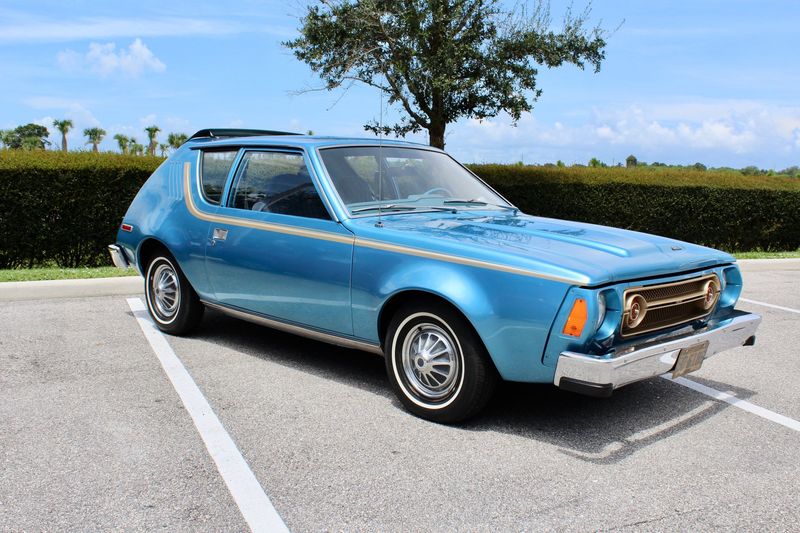
The AMC Gremlin, with its quirky design, was a car that dared to be different. It was an oddity that some loved and others mocked.
My uncle had one, and he swore by its reliability despite its sluggishness. An interesting fact is that it was one of the first subcompact cars in America.
Could the Gremlin have been the pioneer it aspired to be, or was it simply too ahead of its time?
20. 1978 Subaru DL
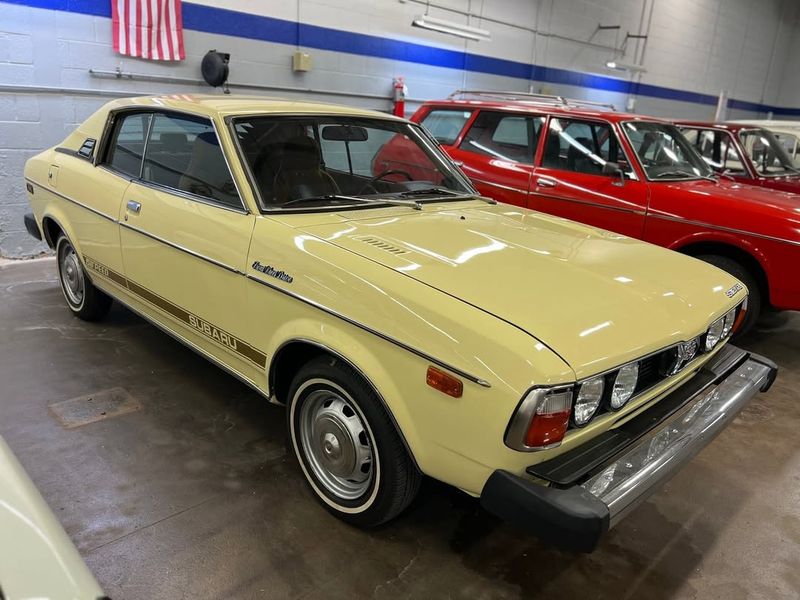
The Subaru DL, similar to the Honda Civic of its time, focused on practicality and reliability. It offered all-wheel drive, which was a novelty for compact cars.
However, its performance underwhelmed drivers seeking speed. This car was about getting through all kinds of weather rather than racing along a sunny highway.
It was a steadfast companion for those willing to look beyond sheer power.
21. 1974 Chevrolet Vega
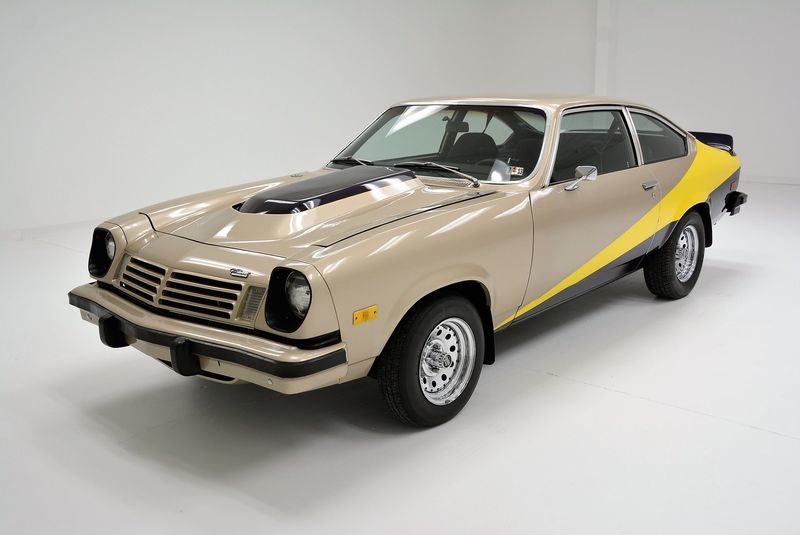
My father owned a Chevrolet Vega, and it’s a car that brings back memories. Despite its eventual reputation for rust and engine issues, it was his first new car.
The Vega’s aluminum engine was innovative but unreliable. An interesting fact is that it was Motor Trend’s “Car of the Year” in 1971.
Isn’t it intriguing how a car celebrated for innovation became synonymous with mechanical failure?
22. 1981 Plymouth Horizon
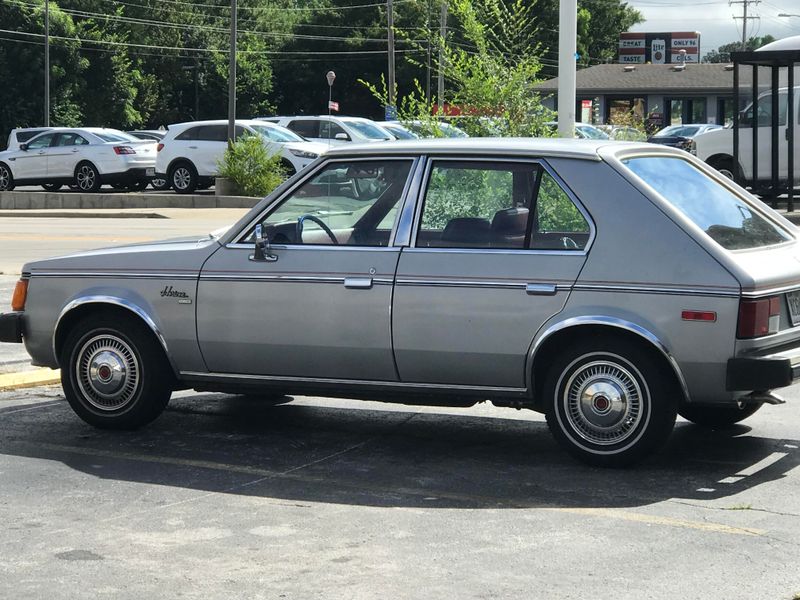
The Plymouth Horizon, designed with European aesthetics, aimed to bring a fresh look to American roads. It was like a foreign exchange student, fascinating yet unfamiliar.
Despite its stylish appearance, it lagged in performance. It was a car that promised more than it delivered—a common theme for many vehicles of its time.
Its design was ahead of its capabilities, capturing eyes even if it didn’t thrill drivers.
23. 1982 Ford EXP

Ford tried to innovate with the EXP, trying to capture the joy of sporty driving in a compact form. But it was more bark than bite, with performance that struggled to impress.
I drove one once, and while its look was sporty, the drive was underwhelming. Isn’t it ironic how it was meant to be exciting yet ended up being more about affordability than thrill?
24. 1985 Yugo GV
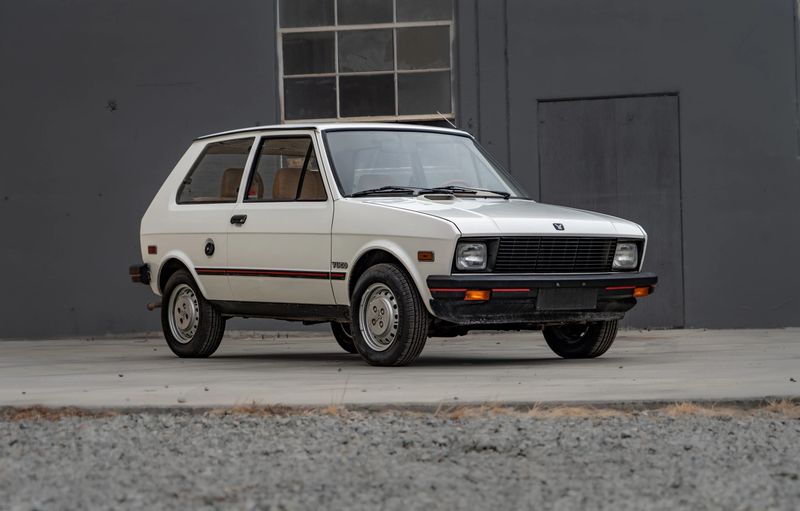
The Yugo GV, similar to the Volkswagen Rabbit, was sold as an affordable import. It was a car that many people have a joke about. Its reputation was marred by quality issues and lackluster performance.
However, it was an attempt to bring economical driving to the masses. While it never shook off its reputation for being cheaply made, it remains a curious footnote in automotive history.
25. 1976 Chrysler Cordoba (base engine)
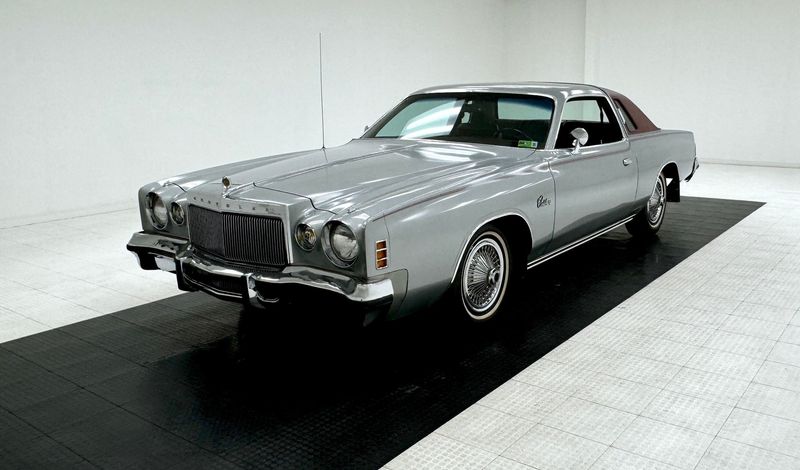
The Chrysler Cordoba was my grandmother’s pride, not for speed, but for comfort. Its “soft Corinthian leather” was the stuff of legend.
Despite its luxurious feel, the base engine lagged in power. It was a car for the leisurely drive, not a race.
An interesting anecdote is how it was advertised by actor Ricardo Montalbán. This car was about elegance over excitement.
26. 1980 Honda Accord (U.S. spec)
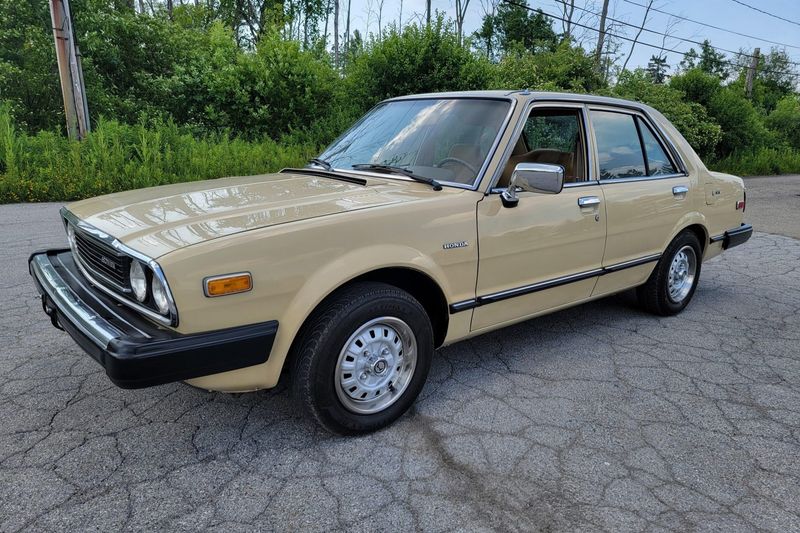
The 1980 Honda Accord, with its boxy design, was more about reliability than racing. It was like a dependable neighbor, always there but never flashy.
The U.S. spec Accord was more about fuel efficiency and practicality, with performance that was modest at best.
While it didn’t wow drivers with power, it did introduce many Americans to the reliability Honda would become known for.
27. 1975 Toyota Corona
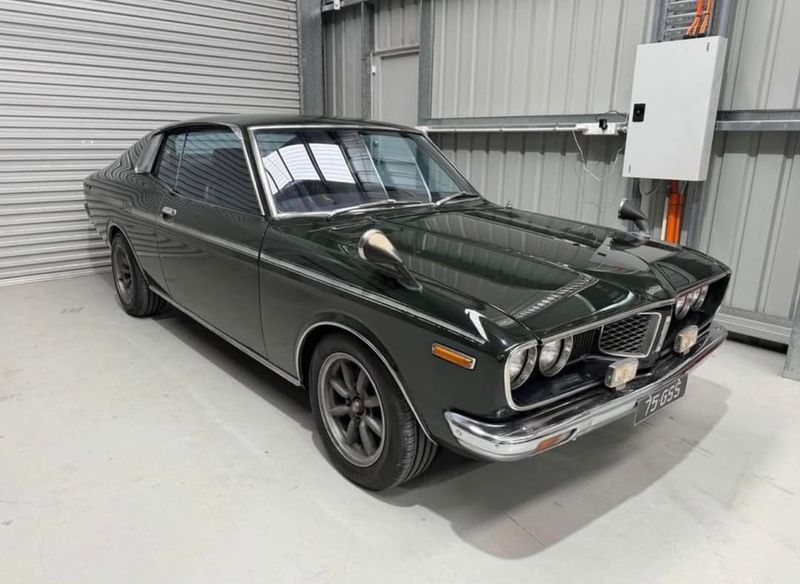
The Toyota Corona holds memories of road trips and family outings. It was a car that prioritized comfort over speed. My family owned one, and it was part of many cherished moments.
The Corona was about getting there reliably. An interesting tidbit is that it was one of Toyota’s first successful models in the U.S. Could it be that the Corona was more about the journey than the destination?
